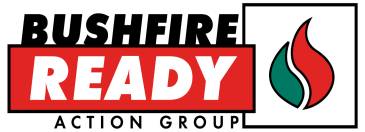
Fire and
Emergency Services Authority of WA has a new program called Bushfire Ready
Action Group (BRAG). Based loosely on
the Community Fire Guard concept, it is an information and support service
through which each member of the community can become involved in understanding
the fire risk of their neighbourhood and the range of options available to deal
with this risk. The groups may consist
of just a few families living in the same street or area who face a common
bushfire threat.
In these
groups people learn how fires behave and how they destroy lives and homes. With this understanding, they are able to
develop survival strategies for themselves and their local community. These strategies are successful because they
have community ownership and support.
The idea
behind BRAG is that passive publicity is not effective at raising community
awareness in fire safety issues. The
community needs to be engaged in joint action to effect the support required to
produce any significant change in fire safety behaviour.
Trained
voluntary facilitators work with interested community groups to raise awareness
of bushfire hazards and to reduce fire risks around the homes, streets and
immediate surrounding bushland in their area.
Groups are encouraged to maintain firebreaks and nature strips and
develop strategies such as phone networks, for dealing with fires should they
occur.
The
facilitation of street groups occurs when convenient for all (usually evenings
and weekends) where presentations are tailor-made to meet the groups
information requirements. The number of
sessions is dependent upon the level of street group activity in the area.
Strategies for BRAG groups include:
Ø
Making plans to care for the elderly, disabled or other less
able-bodied people in the street in the event of fire
Ø
Nominating a safer house in the street for others to shelter
in
Ø
Developing phone trees to improve the chances of receiving
adequate warning in time
Ø
Organising street working bees to reduce the amount of fuel
on adjacent firebreaks and nature strips
Ø
Organising street walks so that neighbours become more
familiar with each others fire fighting equipment and how to use it
Ø
Working out ways of sharing resources and information
Once residents have been educated and strategies have been
finalised many groups may become less active however, the community networks
developed during the education and planning stages remain and these can prove
vital during a bushfire.